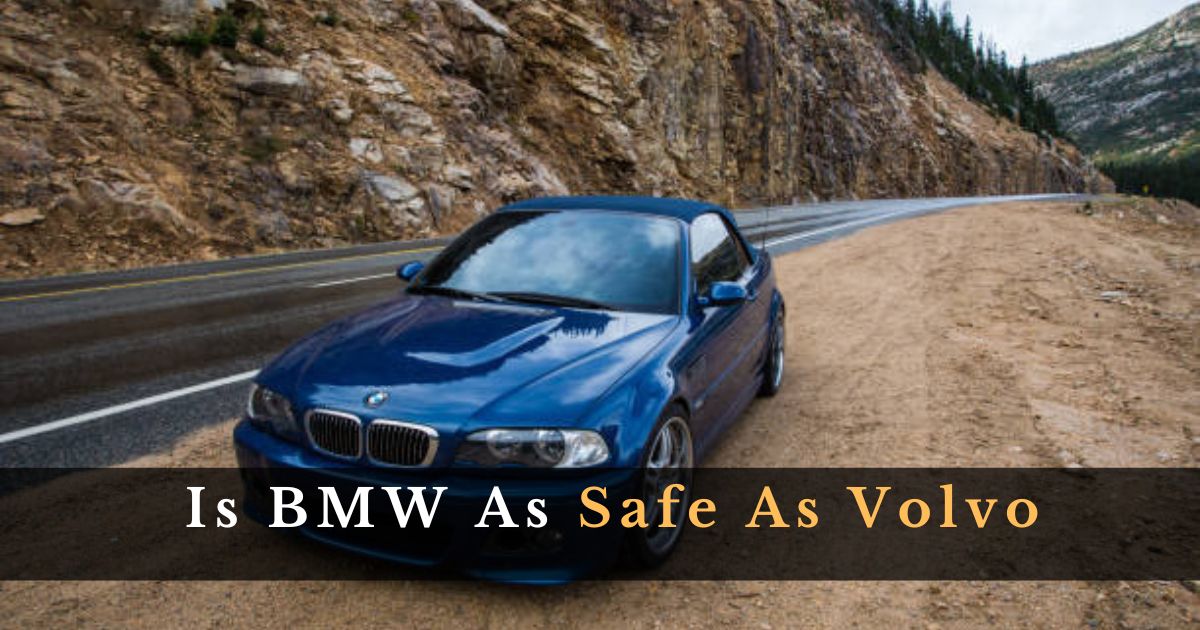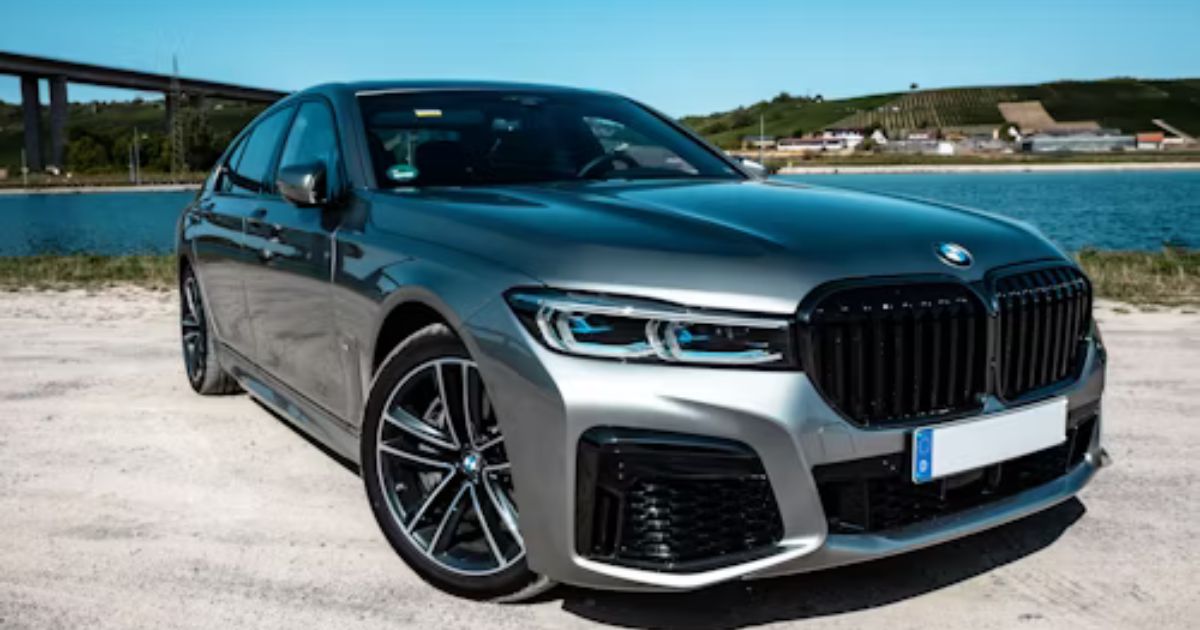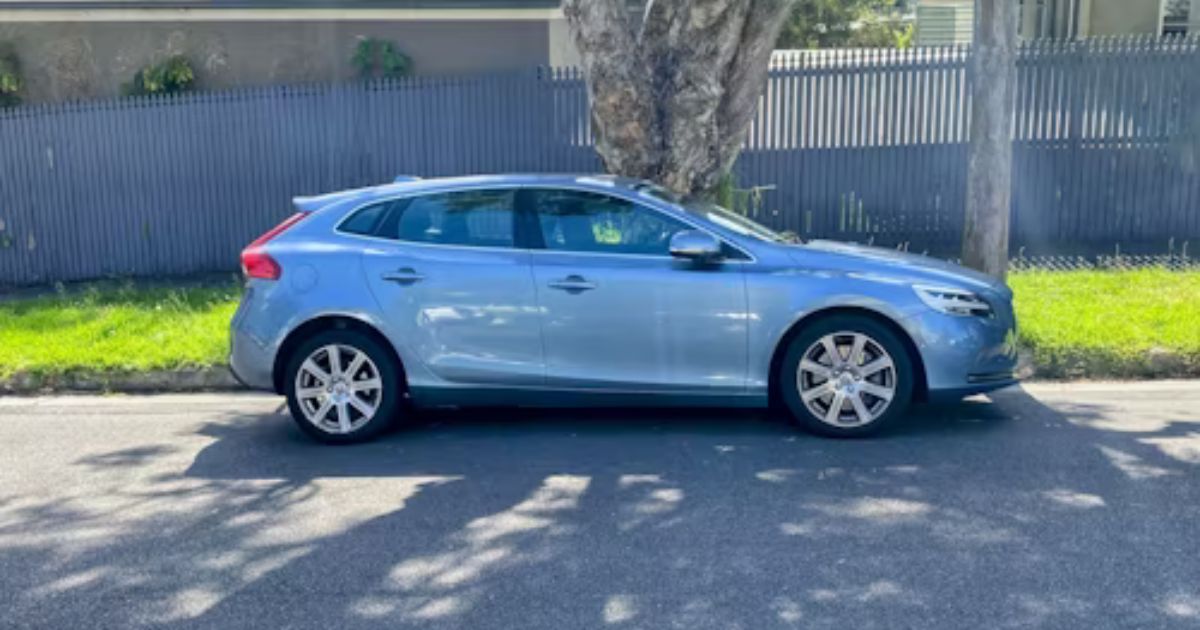Is BMW as safe as Volvo, When people talk about car safety, BMW and Volvo are two brands that are often mentioned. Both are known for being very safe, but which one is better? In this article, we will compare BMW and Volvo to see if BMW is as safe as Volvo by looking at different safety features and ratings.
Is BMW As Safe As Volvo?
Introduction
When it comes to car safety, BMW and Volvo are two brands that frequently come up in discussions. Both manufacturers are renowned for their commitment to safety, but how do they really stack up against each other? In this article, we’ll delve into the safety features, innovations, and real-world performance of BMW and Volvo to determine which brand offers superior safety.
History of Safety in BMW
BMW has always prioritized safety alongside performance and luxury. Over the years, BMW has introduced several groundbreaking safety features. For instance, they were one of the first manufacturers to integrate advanced driver assistance systems (ADAS) in their vehicles, which include adaptive cruise control, lane departure warning, and automated emergency braking.
History of Safety in Volvo
Volvo, on the other hand, is often considered a pioneer in automotive safety. The brand’s commitment to safety dates back to its founding days. Volvo introduced the three-point seatbelt in 1959, a revolutionary invention that has saved countless lives. This dedication has continued with innovations like the Side Impact Protection System (SIPS) and the Whiplash Protection System (WHIPS).
Crash Test Ratings
Explanation of Crash Test Ratings
Crash test ratings are a crucial factor in evaluating a vehicle’s safety. These tests, conducted by organizations like the National Highway Traffic Safety Administration (NHTSA) and the Insurance Institute for Highway Safety (IIHS), assess how well a car protects its occupants in various collision scenarios.
Comparison of BMW and Volvo Crash Test Results
Both BMW and Volvo consistently receive high marks in crash tests. Volvo often edges out BMW in overall ratings due to its emphasis on safety design and features. For example, Volvo’s SUVs frequently earn Top Safety Pick+ awards from IIHS, while BMW models also perform exceptionally well, though slightly behind Volvo in some categories.
Active Safety Features in BMW
Overview of Active Safety Technologies in BMW
Active safety features are designed to prevent accidents before they occur. BMW has a suite of such technologies that include:
Dynamic Stability Control (DSC)
Blind Spot Detection
Rearview Camera with Park Distance Control
Examples of Specific BMW Safety Features
One standout feature is BMW’s Active Driving Assistant, which combines several technologies to monitor the driving environment and assist in maintaining safe driving conditions.
Active Safety Features in Volvo
Overview of Active Safety Technologies in Volvo
Volvo’s active safety features are part of its IntelliSafe system, which aims to make driving safer and easier. These include:
City Safety with Autobrake
Run-off Road Mitigation
Pilot Assist
Examples of Specific Volvo Safety Features
City Safety, for example, is a standard feature that detects potential collisions with other vehicles, pedestrians, and cyclists, automatically applying brakes if necessary to avoid an accident.
Passive Safety Features in BMW
Definition of Passive Safety Features
Passive safety features are those that protect occupants during an accident. These include airbags, seatbelts, and crumple zones designed to absorb impact.
Key Passive Safety Features in BMW Cars
BMW models are equipped with advanced airbag systems, reinforced passenger cabins, and energy-absorbing materials. The use of high-strength steel in key areas also enhances crash protection.
Passive Safety Features in Volvo
Key Passive Safety Features in Volvo Cars
Volvo’s passive safety features are renowned for their effectiveness. The brand uses boron steel, one of the strongest types of steel available, to construct its safety cage. Additionally, their WHIPS system reduces the risk of whiplash injuries during rear-end collisions.
How Volvo’s Passive Safety Features Stand Out
Volvo’s innovative approach includes features like the Side Impact Protection System (SIPS), which distributes the force of a side impact to protect occupants more effectively.
Innovative Safety Technologies by BMW
Recent Advancements and Innovations by BMW
BMW continually integrates cutting-edge technology to enhance safety. Recent innovations include:
Laser headlights for improved visibility
Crossroads warning systems
Automated driving features for highway scenarios
How These Technologies Enhance Safety
These advancements not only improve driver awareness but also provide automated assistance in critical situations, thereby reducing the likelihood of accidents.
Innovative Safety Technologies by Volvo
Recent Advancements and Innovations by Volvo
Volvo is leading the way with several advanced safety technologies, such as:
360-degree camera systems
Advanced driver alert control systems
Autonomous driving features
How These Technologies Enhance Safety
Volvo’s technologies focus on both preventing accidents and minimizing injury if they occur. Their autonomous driving features, for example, are designed to take over in dangerous situations to avoid collisions.
Driver Assistance Systems in BMW
Overview of BMW’s Driver Assistance Systems
BMW offers a range of driver assistance systems that enhance safety and convenience. These include:
Traffic Jam Assist
Parking Assistant Plus
Lane Keeping Assistant
How These Systems Contribute to Safety
These systems help reduce driver fatigue and improve situational awareness, thus preventing accidents caused by human error.
Driver Assistance Systems in Volvo
Overview of Volvo’s Driver Assistance Systems
Volvo’s driver assistance systems are part of its comprehensive IntelliSafe suite. Key features include:
Adaptive Cruise Control
Lane Keeping Aid
Driver Alert Control
How These Systems Contribute to Safety
By monitoring the driver’s behavior and the vehicle’s surroundings, these systems provide timely alerts and interventions to prevent potential accidents.
Real-World Safety Performance
Analysis of Real-World Safety Data for BMW and Volvo
In real-world scenarios, both BMW and Volvo have stellar safety records. However, Volvo’s long-standing reputation and continuous focus on safety give it a slight edge.
| Brand | Model | Safety Rating (IIHS)¹ |
Starting Price (USD)²
|
| Volvo | S60 | Top Safety Pick+ (2024) | $41,000 |
| Volvo | XC60 | Top Safety Pick+ (2024) | $42,000 |
| Volvo | V90 | Top Safety Pick+ (2024) | $50,000 |
| BMW | 3 Series | Top Safety Pick (2024) | $41,450 |
| BMW | X3 | Top Safety Pick (2024) | $43,600 |
| BMW | 5 Series | Top Safety Pick+ (2024) | $54,200 |
Customer Experiences and Testimonials
Customer feedback often highlights Volvo’s superior safety features and overall sense of security. BMW owners also express high satisfaction with their cars’ safety, emphasizing the brand’s balance of performance and protection.
Future of Safety in BMW
BMW’s Plans for Future Safety Enhancements
BMW is committed to advancing vehicle safety through continuous innovation. Future plans include:
Enhanced autonomous driving capabilities
Further integration of AI for predictive safety
Advanced material use for improved crash resilience
Upcoming Technologies and Features
BMW is exploring the use of carbon fiber and other lightweight materials to build stronger yet lighter vehicles, improving both performance and safety.
Future of Safety in Volvo
Volvo’s Vision for Future Safety Developments
Volvo aims to achieve zero traffic fatalities in their cars by 2025. They are working on:
Fully autonomous driving technologies
Vehicle-to-vehicle communication systems
Advanced pedestrian detection and protection systems
Upcoming Technologies and Features
Volvo’s continued investment in safety technology ensures that future models will be equipped with the latest innovations, maintaining their position as a safety leader.
In conclusion, both BMW and Volvo offer exceptional safety features and technologies. While BMW excels in integrating performance with safety, Volvo’s unwavering focus on safety gives it a slight edge overall. Ultimately, the choice between the two may come down to personal preference and specific needs.
FAQs
How do BMW and Volvo compare in terms of safety?
Both brands are leaders in automotive safety, but Volvo is often regarded as the safer option due to its consistent innovation and high crash test ratings.
What makes Volvo a leader in automotive safety?
Volvo’s dedication to safety innovation, such as the introduction of the three-point seatbelt and advanced crash protection systems, has established it as a leader in the field.
Are BMW cars equipped with advanced safety features?
Yes, BMW cars come with a range of advanced safety features, including active and passive systems designed to protect occupants and prevent accidents.
Which brand is safer for families, BMW or Volvo?
Both brands offer excellent safety for families, but Volvo’s comprehensive safety systems and high safety ratings make it a particularly strong choice for family vehicles.
How do crash test ratings affect car safety?
Crash test ratings provide an independent assessment of a vehicle’s ability to protect occupants in various types of collisions, helping consumers make informed decisions about car safety.





